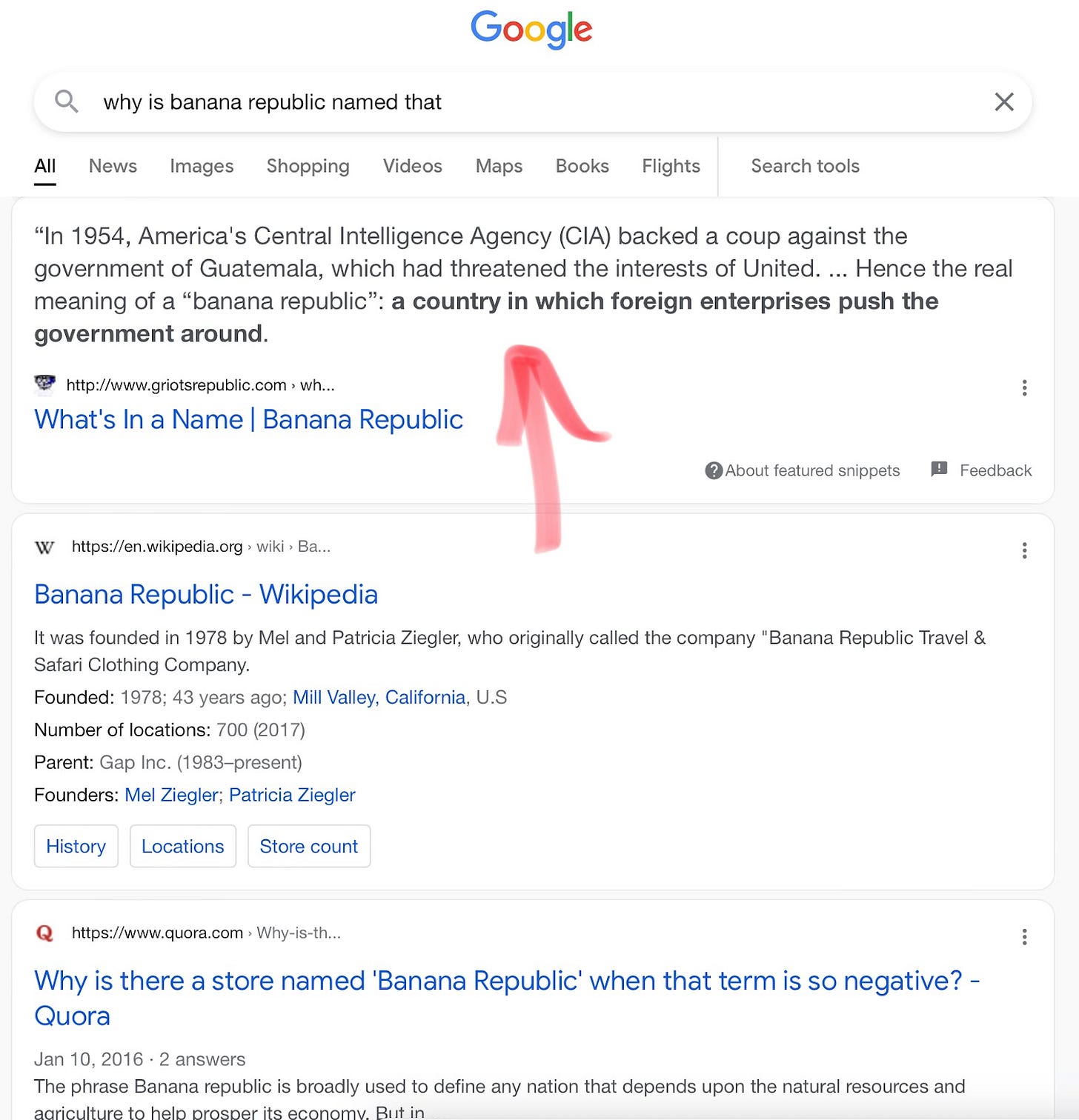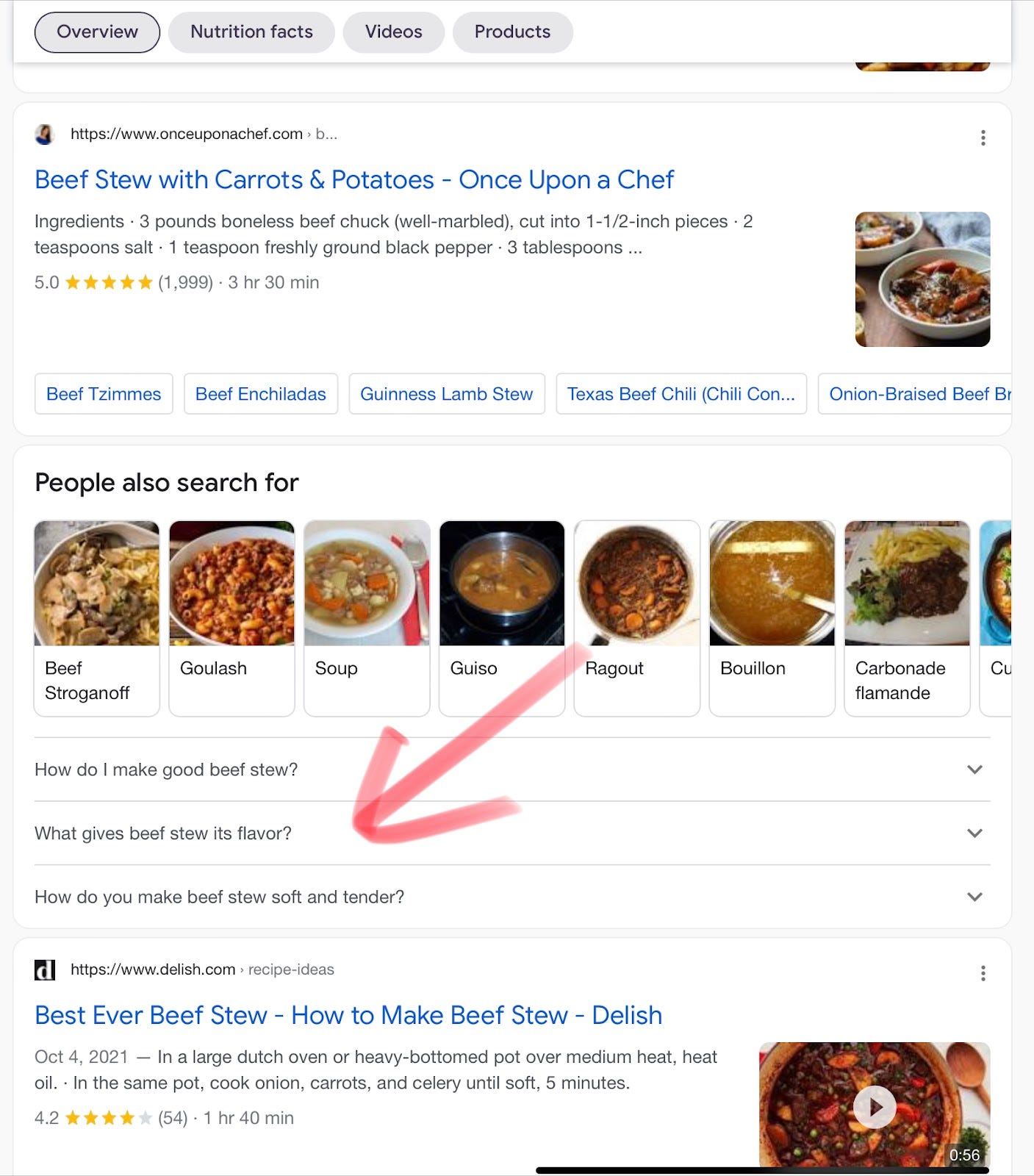The baseline fallacy of SERP Features
We cannot measure the success of SERP Features without measuring baselines. Otherwise, we won’t know if we’re successful because of our actions or luck.
Get your content indexed instantly with Real-time IndexNow
ContentKing now supports Real-time IndexNow!
Using real-time monitoring, ContentKing tracks every change on your website and can now automatically notify search engines when content is added, updated or removed on your site — all in real time.
Try Real-time IndexNow
Any modern SEO strategy should cover SERP Features optimization. The modules Google pulls from vertical search and the knowledge graph to augment search results have a significant impact on organic traffic: Featured Snippets draw a lot of clicks, which means the remaining results get a lot less than when a Featured Snippet is not present. Image boxes are even worse!
Every business falls into an SEO strategy archetype and every SEO archetype is best suited for a set of SERP Features. Recipe aggregators dominate recipe packs. Marketplace aggregators occupy Featured Snippets. Publisher integrators cover video carousels.
But when measuring the number of SERP Features for our site(s), we often forget the baseline. Say, your clicks from organic traffic increased by 20% week over week. That's a good result! However, if rank is stable and your impressions also increase by +20% W/W, you're not performing better. The increase is simply the result of more people searching for the keyword the page ranks for.
This is a common fallacy: we judge progress in isolation but forget to measure it against potential, which in return leads to survivorship bias. We think our action led to results while actually other factors were at play. We take the success as a tactic but fail to replicate it and are confused as a result.
SERP Features are especially sensitive to baselines because they a) fluctuate constantly and b) we don't have a lot of data resources to monitor them. Time for some examples for how to do it.
Example 1: Wikipedia and Featured Snippets
According to Semrush, Wikipedia owns the Featured Snippet for 391K keywords on mobile and 1.6M on Desktop (November 2021). In absolute terms, a good performance. In relative terms, not so much.
See, that's where the baseline fallacy is at its finest work. We hear 1.6M Featured Snippets and think "wow!" But measured against the base rate, the example is not as stunning anymore.
Wikipedia ranks for 15.7M keywords that display a Featured Snippet but doesn't occupy the it (Desktop, November 2021, USA). On mobile, it’s 2.1M. In other words, Wikipedia captures only 10% of available Featured Snippets on Desktop (1.6M / 15.7M) and 19.5% on mobile (391K / 2.1M).
Now, Wikipedia doesn’t do intentional SEO. But, If I were doing SEO for Wikipedia, I would seek to match the article content with the passage or list that appears in the Featured Snippet. There might even be an automated way to do that.
Example 2: New York Times
Based on Semrush data, the total opportunity for nytimes.com to rank for People Also Asked features (PAAs) is 14.3M (Desktop, November 2021, USA). However, the Times ranks in only 348K PAAs, which is 2.4% of the total market! Pretty low, and an opportunity for competitors.
For the New York Times, this could pose an opportunity to answer more questions in the content to rank for more PAAs. SERP Features can lead the way here. You could export the PAAs you can find, match it to existing content, and add answers to the questions retrospectively.
Example 3: eBay
I also want to highlight a successful example, and that is eBay. Images play an important part in ecommerce because they literally display the product to customers. Since they can't see and touch it offline, they rely on strong visuals.
eBay performs well for image packs: 22% coverage on desktop (5.7/25M keywords) and 15% on mobile (23.3/132K) in the US (November 2021).
Baseline for competitors
This all goes to say that you should monitor the total available number of SERP Features that are relevant to you in a 3rd party app (or homegrown tool). It's the only way to truly understand if you grow with the market or not.
You can do this for you competitors, too. Knowing which and how many SERP Features they occupy is a powerful way to either get a competitive advantage, defend your business, or attack another one.





